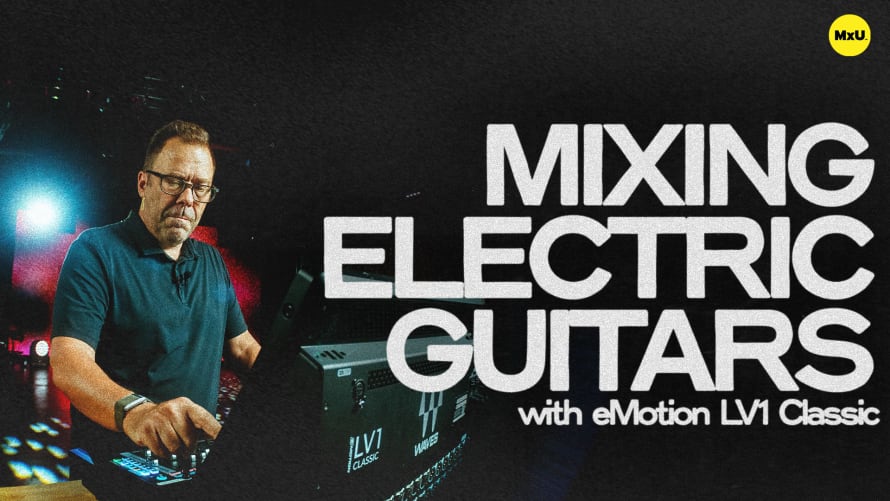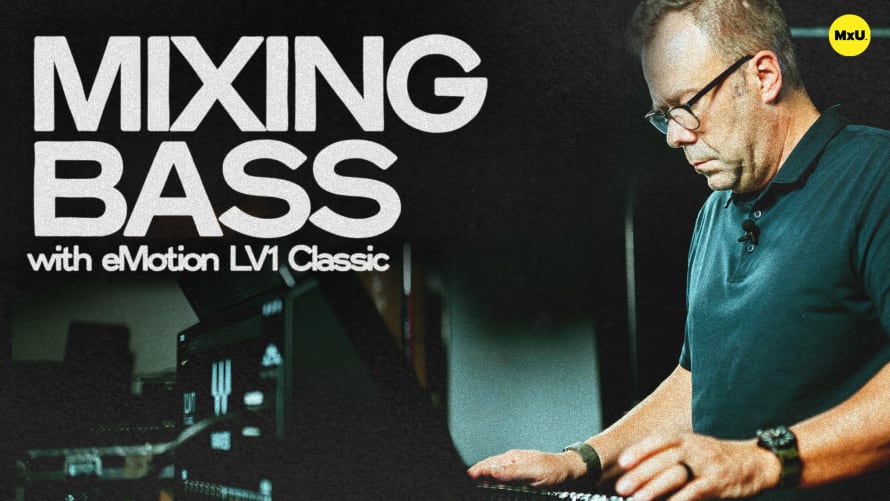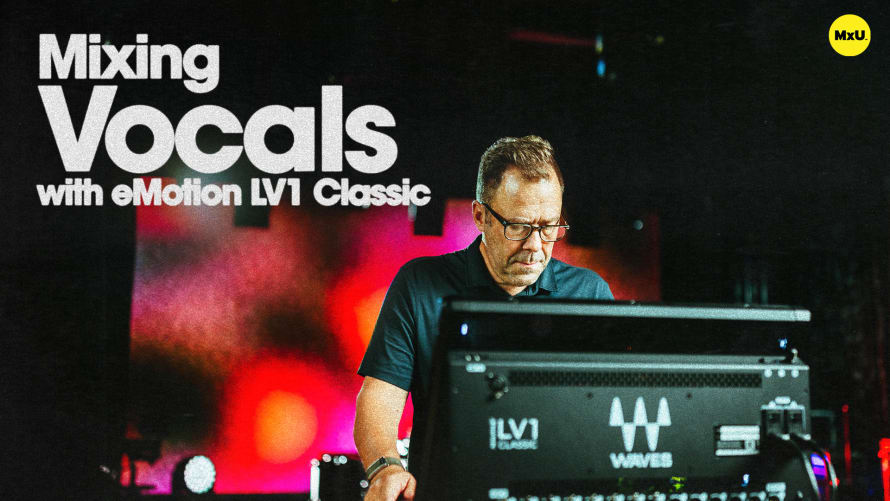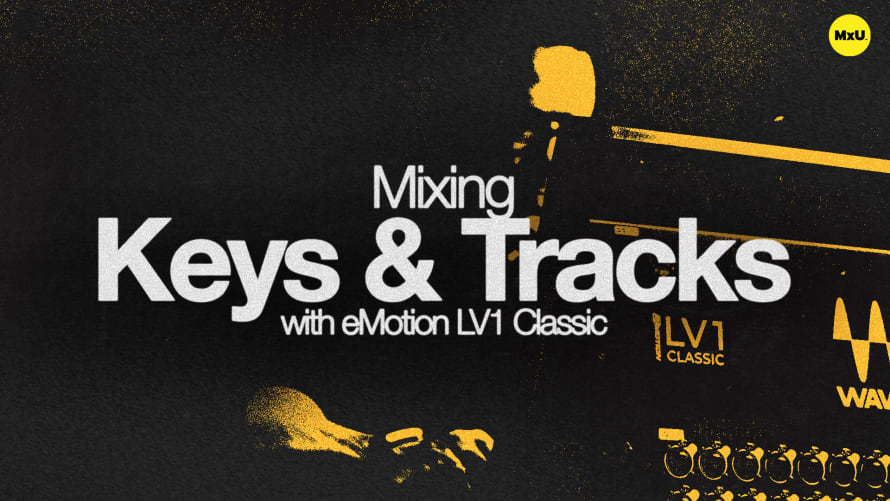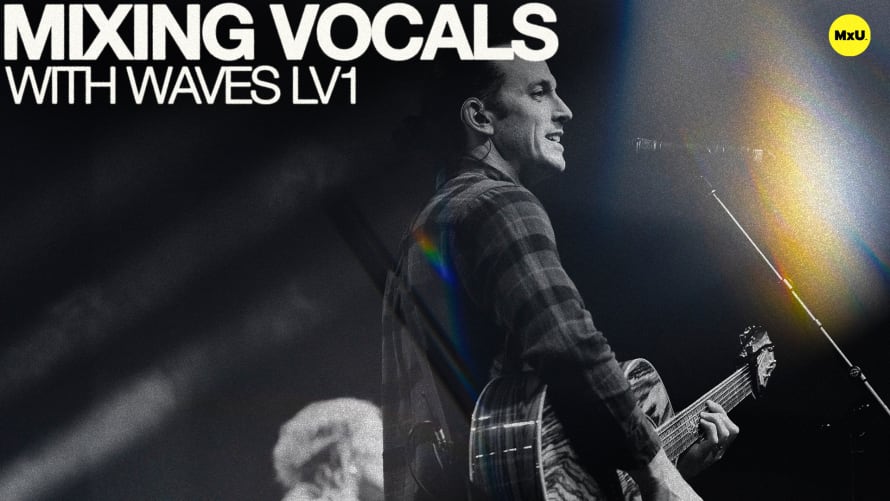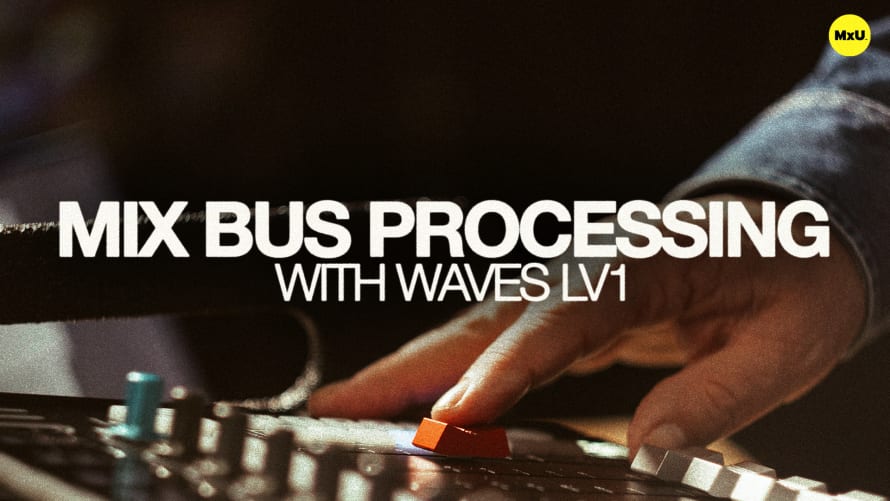Mixing Electric Guitars with eMotion LV1 Classic
Electric guitar mixing techniques are crucial for creating a balanced and impactful sound in worship services and live streams. Strategies for handling multiple electric guitars in a mix focus on spatial placement, EQ adjustments, and creating clarity within complex arrangements. These approaches are particularly useful for production directors and worship leaders looking to enhance their live and streamed services.
Spatial Placement for Multiple Guitars
When dealing with multiple electric guitars, strategic use of the stereo field is key.
- Panning lead guitar parts hard left and right maximizes the impact of effects like delay and reverb.
- Positioning rhythm guitars slightly off-center in opposite directions creates separation and width.
- Matching panning to stage positions can provide a more natural sound representation.
This approach helps prevent a wall of sound effect and allows each guitar part to have its own space in the mix.
EQ Techniques for Clarity
Proper EQ can significantly improve the clarity of electric guitars in a worship mix.
- High-pass filters around 110-120 Hz remove unnecessary low-end rumble.
- Applying a mid-range cut (around 2-3 kHz) to lead guitars softens potentially harsh frequencies and avoids conflict with vocals.
- Boosting presence (4-6 kHz) on rhythm guitars helps them cut through the mix without increasing volume.
These EQ moves help each guitar sit better in the mix and complement other instruments and vocals.
Balancing Similar Parts
When multiple guitarists play similar parts, finding ways to differentiate them becomes crucial.
- Encouraging guitarists to develop complementary tones and parts during rehearsals is beneficial.
- Using subtle EQ differences can separate similar parts. For example, boosting low-mids on one guitar and high-mids on another.
- Experimenting with stereo effects creates width and depth differences between parts.
The goal is to create a cohesive sound while maintaining clarity and definition for each part. These techniques can help create a rich, full guitar sound that enhances the worship experience without overwhelming other elements of the mix.

